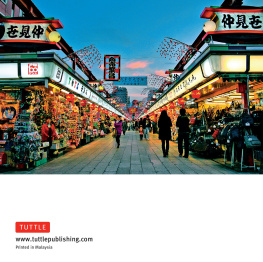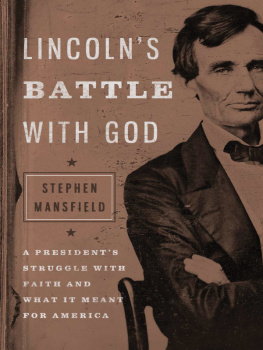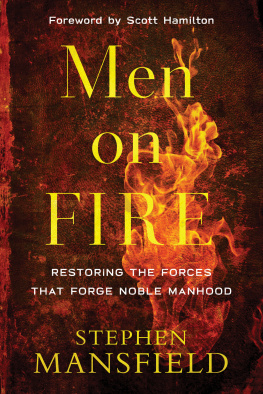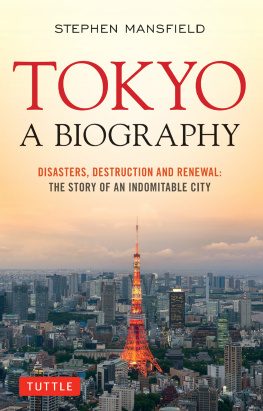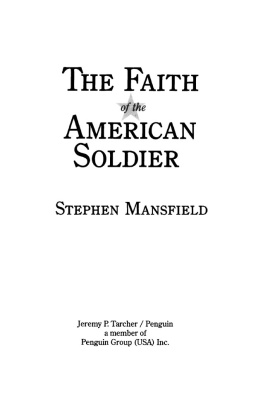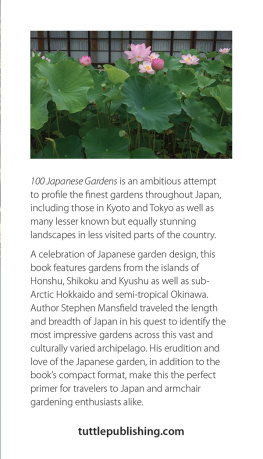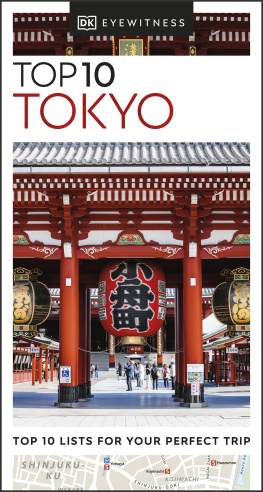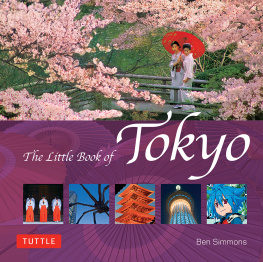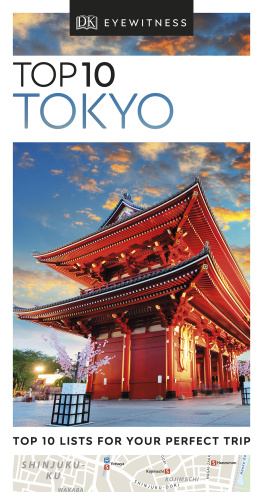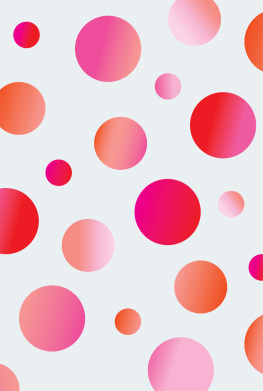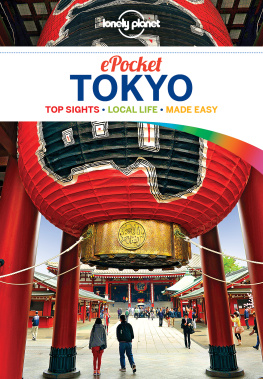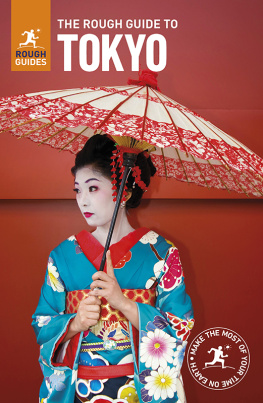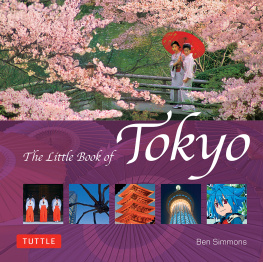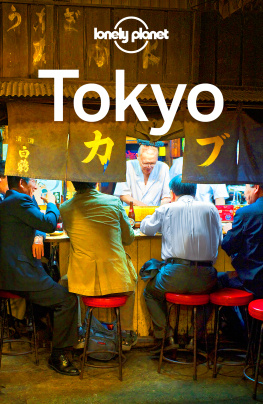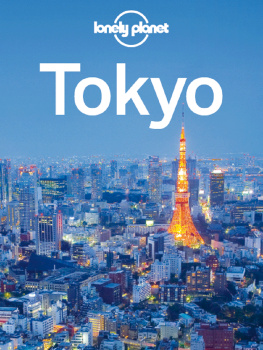
A City of Infinite Possibilities
An alien spacecraft entering our orbit at twilight in search of a suitable landing strip, would find in central Tokyos motherboard of neon, of structures soaked in polychromatic electronic surges, the most intense nocturnal illumination on the planet.
For a country the Japanese fondly like to think of as small, Japan boasts a surprising number of superlatives, among them Tokyo, the worlds largest metropolis. The citys growth is an astonishing story given that in the late 16th century it was little more than an impoverished fishing village occupying a stretch of pestilential marshland. The rise of Edo, as Tokyo was then called, was rapid, as it became not only the military and mercantile powerhouse of the country, but also its de facto capital.
Almost 250 years of relative isolation from the outside world may have deprived Japan of the technological advances being made in Western countries, but its intense introspection created the conditions for an extraordinary efflorescence of domestic culture, driven largely by townspeople. Many aspects of todays highly visual culture, found in forms like anime, manga, painting, and the performing arts, date from this era.
Enthralled by its own hyperbole, by a delirious, super-inflated confidence, a belief in impregnable economic institutions and practices, the implosion of the bubble economy dispelled most of the euphoria associated with the heady days of the 1980s. But Tokyo is once again the stage for a rejuvenation, spurred by a new generation of artists, writers, art dissidents, creative entrepreneurs, malcontents, and contrarians. Many observers are calling todays fascination with the country the third wave of Japanophilia, the first occurring in the 18th and 19th centuries with the discovery of Japanese arts and aesthetics. The second, less publicized wave took place in the 1950s and 1960s with the translation of many works of modern Japanese literature. The current phenomenon, driven by TV, film, the Net, and a fascination with popular culture, is manifest in everything from experimental architecture, maid cafs, cosplay, anime and manga characters, lurid arcade art, rock bands like Baby Metal, and occasional performances by Hatsune Mika, a digitally created singer. Tokyo, one of the worlds great fashion capitals, is the epicenter of this effulgent culture. It is also one of the best cities in the world to eat, shop, and sightsee. British food writer Michael Booth has gone on record saying, Japan is the greatest food nation on earth, inhabited by the most discerning eaters, and with the most advanced restaurant culture in the world.
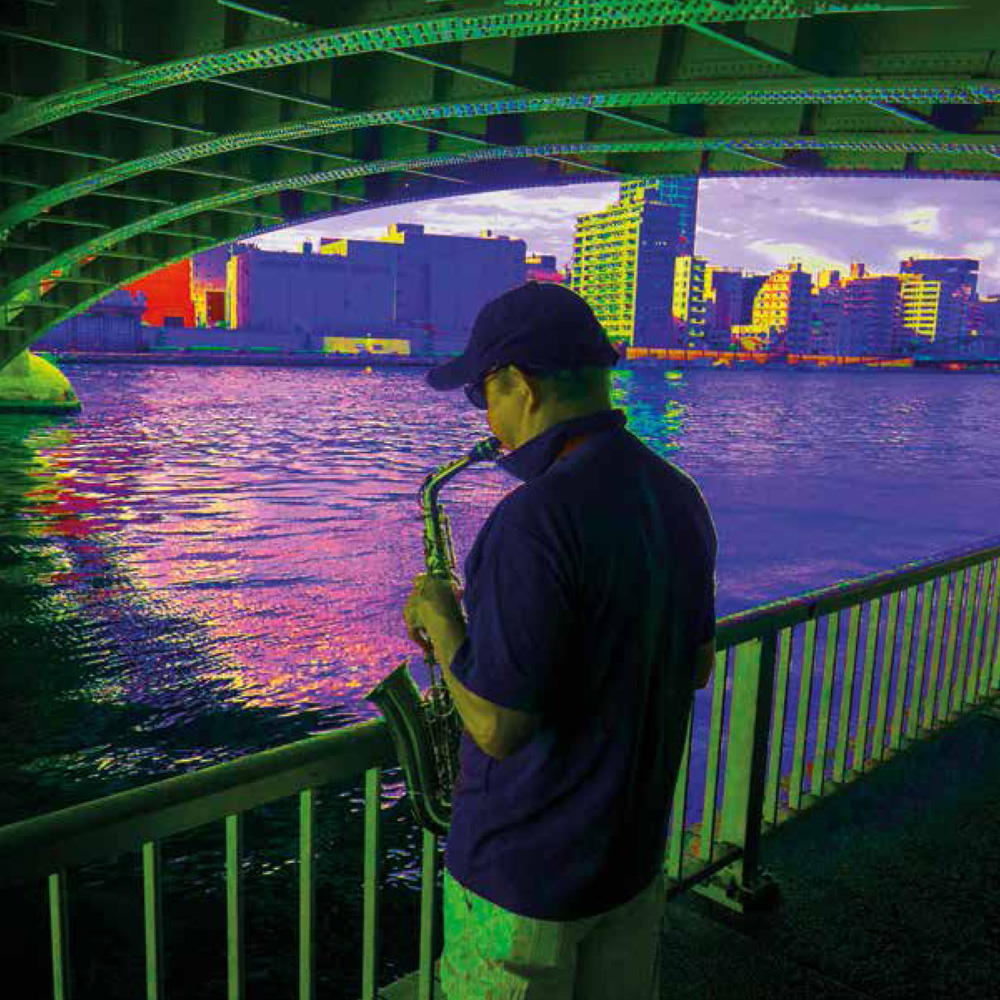
Improvised jazz for a steamy summer afternoon along the Sumida River.

Elders resting up at the Gion Matsuri, an annual festival connected to Narita Temple.
| Entrance fees have been ranked | = 600 or less |
| according to symbols: | = 6001000 |
| = Over 1000 |
A city of incalculable angles, of cities within cities, Tokyo is easily characterized as a concrete jungle, a tangle of hyperkinetic streets, concourses, mounted video screens, game arcades, streaming advertising, prerecorded shop messages, glass elevators, and raised railway tracks, but view the city at ground level and you encounter lush implants of greenery in the form of exquisite Japanese gardens, parks, treelined boulevards and cultivated medians. The narrow back alleys of older quarters are a tangle of homes fronted by potted blooms, vegetable planters, and creepers.
Pleasure palace then, or urban dystopia? Historically, Tokyo has been both. Its response to natural and man-made catastrophes has always been to rebuild. Ultimately, your judgment of the city will depend on whether you view it as a model of thrilling unorthodoxy or an example of how unchecked development can metastasize into urban eyesore. To be sure, not everyone has been entranced by the city. Australian journalist Hal Porter wrote in 1967 that Tokyo is an allegory to warn, a horrifying and bloated City of Dreadful Day where post-1984 robotics and the superstitions of prehistoric animism are inextricably braided together, an abnormal metropolis, feverish and discordant, hysterical, hybrid and chaotic. A later writer, Paul Theroux, concluded, The gray sprawl of Tokyo was an intimidating version of the future, not yours and mine, but our childrens.

A darkened room illuminated with artist Kusama Yayois iconic pumpkins.
Tokyo embodies, perhaps more so than any other city on earth, the message that all things pass, that permanence is a pretension. The process of emergence and extinction in the urban context is so rapid it barely registers in the mind. Tokyo today bears as little resemblance to Edo as the mega-skyscrapers of Dubai correspond to the crumbling sand medinas of the past. In its vision of urban planning, only smidgens of heritage are permitted to remain. One suspects that in an ideal world, the authorities might favor a totally modern, replaceable city, one with historical holograms inserted into its fabric.
In the absence of a master plan, it is nevertheless possible in this most provisional, acquisitive, mind-challenging of capitals, to apprehend, as dusk falls over the city, neon lights piercing the darkness like phosphorescent meteors or waves of electric aurora, a fluid, transient beauty, in which an infinite number of alternative futures are possible.
Stephen Mansfield
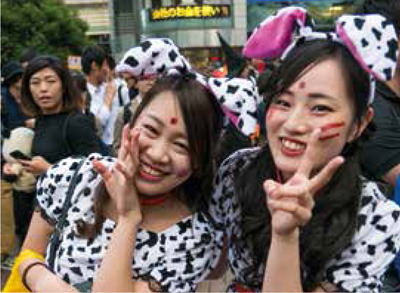
Celebrants at the Shibuya Scramble on Halloween Day, now a huge cosplay event.
Part One
Exploring Central Tokyo
Although its vast interior is largely invisible to the eye, the area that spirals out from the Imperial Palace grounds and its circumnavigating moats, is the closest the city has to a center. Home to a single family, far bigger than Buckingham Palace, it occupies 110 ha (270 acres) of what was once Edo Castle, the authorial core of the historical city. The French critic and semiotician, Roland Barthes, famously called this empty center the sacred nothing. When the castle was finally completed, the outer defensive perimeter measured a staggering 16 km (10 miles), the inner perimeter 6.4 km (4 miles).

Art Aquarium, an annual Nihonbashi event, features thousands of goldfish.

Futuristic car designs today at Ginzas Nissan Crossing.
It was the largest fortress in the world, though few people in Europe or the Middle East would have known that fact. The concentration of power, a centrality that confers wealth and prestige, is manifest in the nearby Kasumigaseki, home to the Diet Building and a number of government ministries, the business districts of Nihonbashi and Marunouchi, Tokyo Station, the capitals premier transportation hub, and a number of high-end department stores and shopping districts. These components of power and affluence might be understood as legacies of the original, rigorously managed city center, where authority radiated from Edo Castle and the elite social and political structures it supported.
Next page
